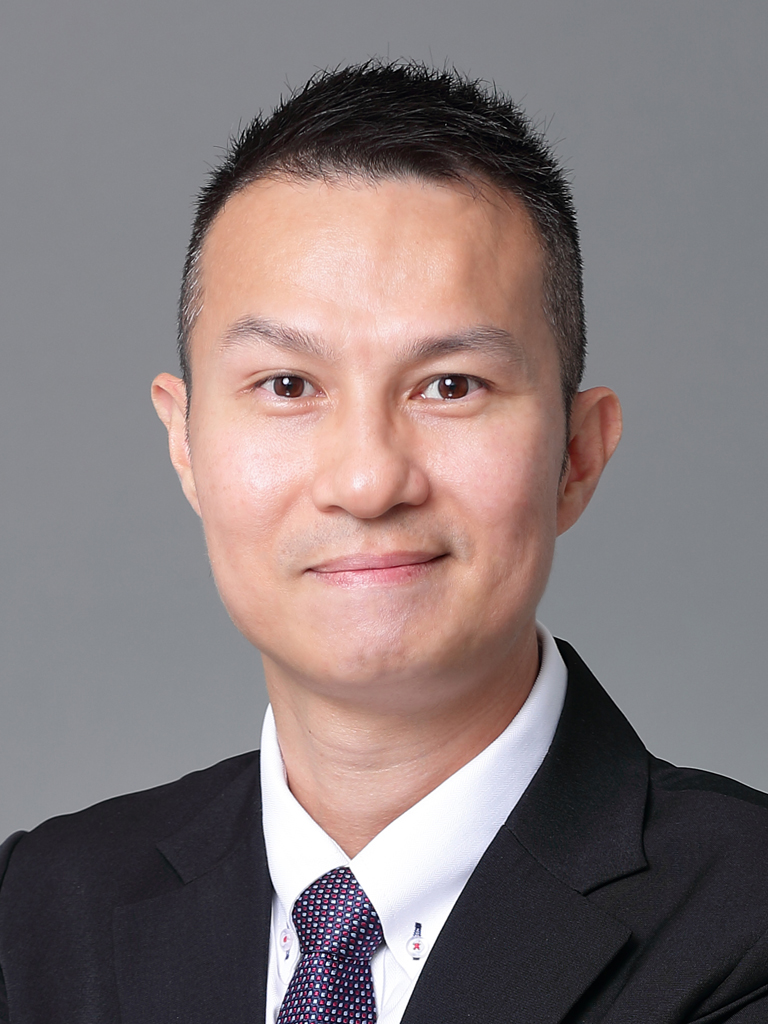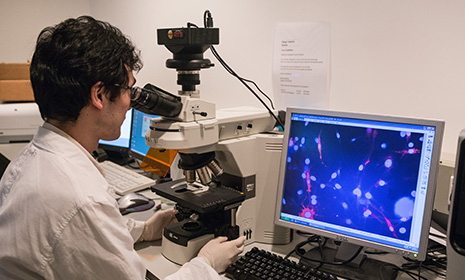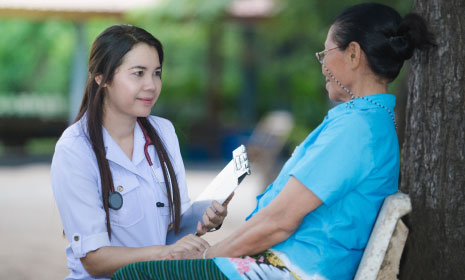Siu, Ming Fai Parco

Assistant Dean (Well-being), LKS Faculty of Medicine
Professor and Division Head
Division of Kinesiology
- BSc (HKUST), MPhil (CUHK), PhD (West Virginia), FRSB, FACSM, FECSS, FHKASMSS
Biography
Professor Parco Siu joined the School of Public Health at the University of Hong Kong in 2017. He obtained his PhD training in exercise physiology at West Virginia University School of Medicine followed by postdoctoral training at Harvard Medical School. Professor Siu is a Fellow of Royal Society of Biology (FRSB), Fellow of American College of Sports Medicine (FACSM), Fellow of European College of Sport Science (FECSS), and Fellow of Hong Kong Association of Sports Medicine and Sports Science (FHKASMSS). He was elected Chartered Scientist (CSci) of Science Council, Chartered Biologist (CBiol) of Royal Society of Biology, and Registered Nutritionist (RNutr) specialised in sports nutrition of Association for Nutrition, U.K.
Professor Siu’s research focuses on the therapeutic effects of exercise frequency (high vs. low), exercise intensity (vigorous vs. moderate), and exercise type (HIIT, Tai Chi, aerobic exercise, and resistance training) on different health issues such as depression, cognitive impairment, insomnia, obesity, metabolic syndrome, and non-alcoholic fatty liver disease. His research also studies exercise and child health as well as the brain health effects of exercise and the underlying mechanisms. His research has received supports from competitive external research funds including Research Impact Fund, General Research Fund, Health and Medical Research Fund, and Hong Kong Jockey Club Charities Trust.
Professor Siu was the first Hong Kong scholar to be honoured to receive the Visiting Scholar Award of the American College of Sports Medicine (ACSM), the largest and most respected sports medicine and exercise science organisation in the world. He was also the first scholar from Hong Kong and Chinese Mainland to be presented the New Investigator Award of ACSM. Furthermore, Professor Siu had been the recipient of various research awards including the National Student Research Award of ACSM, Research Career Enhancement Award, International Union of Physiological Sciences Travel Award and Beginning Investigator Award of the American Physiological Society (APS), and the Young Investigator Award of the Society for Experimental Biology and Medicine (SEBM). He was listed as one of the top 1% cited scholars at HKU in six consecutive years from 2019 to 2024.
Professor Siu is actively involving in local community by serving as the Vice President of the Hong Kong Association of Sports Medicine and Sports Science (HKASMSS) and the Vice Chairman of the Executive Committee of the Physical Fitness Association of Hong Kong (HKPFA), to contribute to the development of the field in exercise science and sports medicine in Hong Kong, China.
Selected Publications
(*denotes corresponding author)
2024 |
|
2023 |
|
2023 |
|
2023 |
|
2022 |
|
2021 |
|
2021 |
|








.png)
